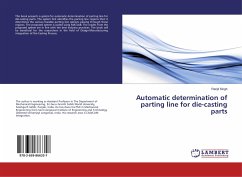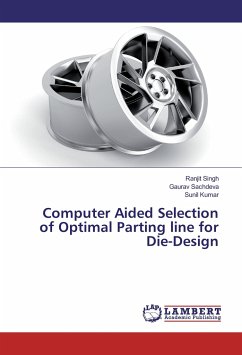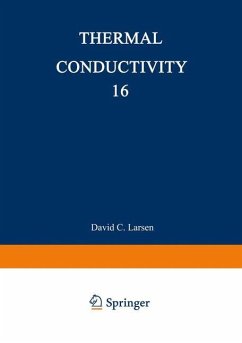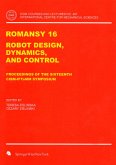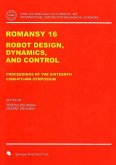This study is done to obtain the fundamental knowledge on the effects of endothermic materials on the undercut defect of welding, of which information is scarce in international welding literature. Undercut is one of the most crucial problems which decreases the reliability and restricts the many parameters of welding. One reason for this type of defect is excessive current, causing the edges of the joint to melt and drain into the weld, leaving a drain-like impression. Other reasons may be the poor technique used, using incorrect filler metal, small electrode angle, dampened electrode, excessive arc length and slow speed. The American Welding Society (AWS) regulations state that the maximum depth of undercut should not exceed 0.25mm. In this experiment, rutile coated electrode are taken in which modification in different slag systems are done. Experimental electrode is prepared by increasing the percentage composition of endothermic materials in slag system of existing composition of AWS/ANSI E308-16 rutile electrodes. This modification improves the slag system of electrode and helps in reducing undercut defect of welding
Bitte wählen Sie Ihr Anliegen aus.
Rechnungen
Retourenschein anfordern
Bestellstatus
Storno



